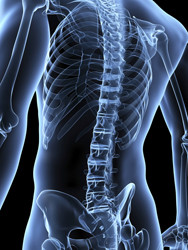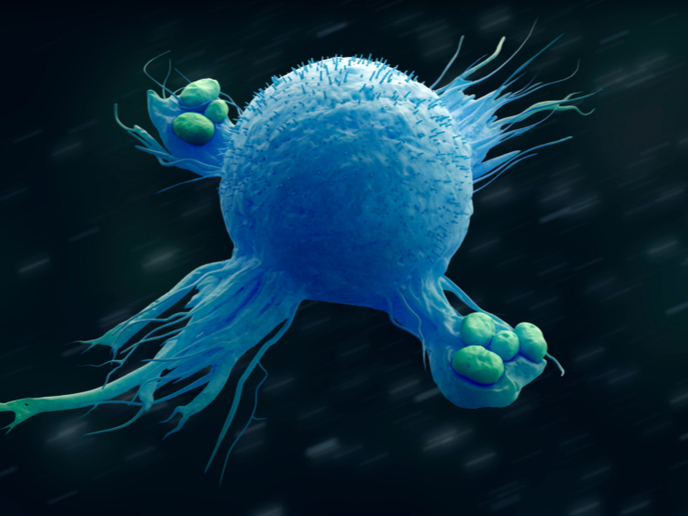Recovering from spinal cord injuries
The secondary tissue damage that follows primary SCI contributes significantly to development of permanent functional disabilities. To minimise such tissue damage it is necessary to reduce the inflammatory response after a primary SCI. LPAs are powerful biologically active lipid-mediating molecules involved in signalling via G-protein coupled receptors. They are involved in cell proliferation and other key physiological functions. Recent research revealed that preventing LPAs from interacting with their receptors facilitated functional recovery from a spinal hemisection in mice through reduced inflammatory response. Under the aegis of the 'Role of lysophosphatidic acid in the pathophysiology of spinal cord injury' (ROLPASCI) project, researchers investigated the contribution of LPA receptors, encoded by the endothelial differentiation gene family, to SCI. Scientists found that LPAs trigger a rapid inflammatory response in the spinal cord after injury, leading to demyelination and functional loss. Demyelination implies damage to the protective myelin sheath around nerves, resulting in neurodegeneration. In mice lacking the LPA receptors LPA1 and LPA2, researchers observed significantly reduced demyelination upon injection of LPA into the spinal cord. Experiments revealed that LPA1 and LPA2 activation involves microglia activation, myelin and neuronal loss, and cell death. Inhibiting LPA1 or LPA2 activity significantly improved locomotion and myelin preservation after SCI, leading to better functional outcomes through neuroprotection. However, inhibiting or activating LPA3 did not negatively impact functional recovery after an SCI. Project outcomes highlight the crucial role of LPA receptors in normal and abnormal function of the central nervous system. Targeting LPA receptors could prove to be effective in treating neurodegenerative disorders as well as SCIs.







